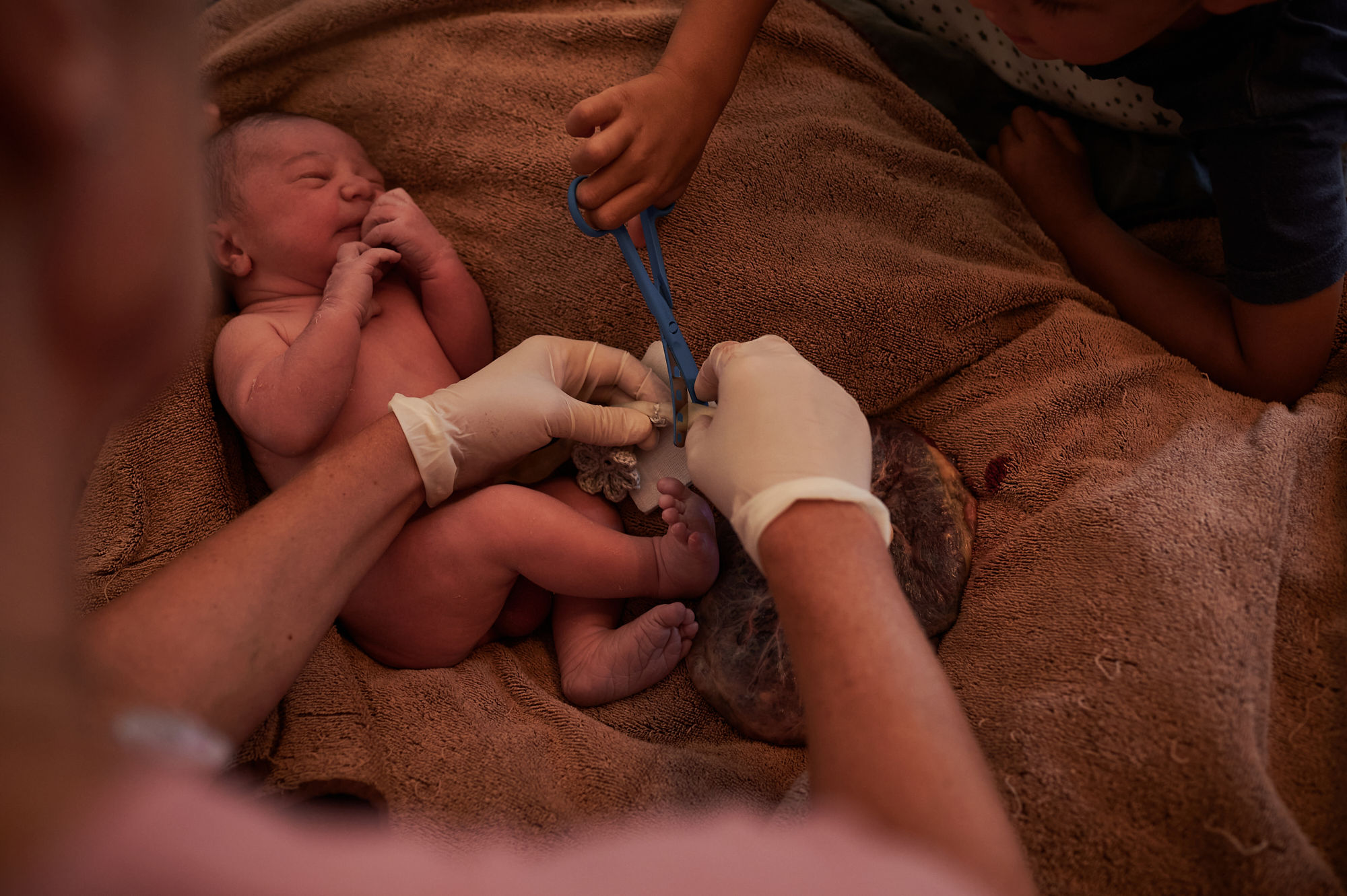Midwives on the topic of cord clamping
Questions to midwives
Question: What information do you think is important for expectant parents regarding the baby's blood in the umbilical cord? GreenBirth asked six midwives. Here are the answers.
 Foto: Alex Lichtmalerei
Foto: Alex Lichtmalerei
Olga: cord clamping before pulsation ends is highly questionable and unphysiological. Disrupts extremely the physiological processes of the placental period and can lead to placental detachment.
Mary: I compare early clamping to an astronaut who steps out of the spaceship for the first time and would have to get along without an oxygen supply cable right away.
Susan: The placenta with the blood it contains is an organ of the child and therefore must not or should not be separated from the child under any circumstances until both have left the womb.
Jessica: I clarify that the pulsating umbilical cord is a kind of "double bottom" or "lifeline" for the children in case the transition to breathing is difficult. Children are often in a state of mild shock (depending on how they feel) for a shorter or longer period of time after early cord clamping.
Carmen: I educate that the child is being deprived of an important resource for a purpose that is not adequately substantiated in any way. Therefore I do not take the risk out-of-hospital.
Anne: After late cord clamping, infants have full APGAR scores (10) more quickly, and oxygen administration or other resuscitation measures occur less frequently. Neonatal jaundice is not more frequently detectable, there is less failure to thrive, weight loss, and iron or ferritin deficiency in the first months of life.
The names of the midwives are random.
Please note, according to a new guideline, determine if the umbilical cord should be let to pulse out or clamped between 1 and 5 minutes ! You dicide!
